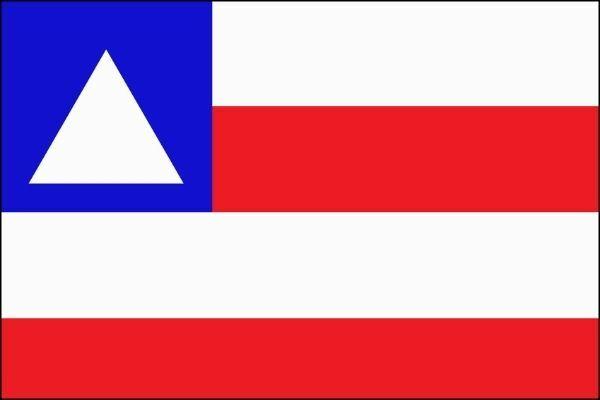Since the period corresponding to European colonization, the North region represents an area of void demographic, at first due to its natural aspects that have always made its occupation more difficult. intensive. After the decline of the Rubber Cycle at the beginning of the 20th century, the region suffered a drop in the number of immigrants, with some exceptions, such as the Japanese immigration that occurred in the 1930s.
In the 1950s, the construction of the Belém-Brasília highway began, completed in 1958. The first mineral extraction projects emerged, such as in Serra do Navio, in Amapá, where manganese production began. The 1960s was marked by an integration process along the lines offered by military governments. The military occupation was based on nationalist development policies (“integrate not to surrender”) and sovereignty (occupation of border areas). Institutions (banks, superintendencies) were created to manage the occupation of the region, mainly for the exploitation of wood and minerals.
There was the advance of agricultural frontiers and the donation of tracts of land to settlers, in addition to financial incentives. In 1967, SUDAM (Superintendence for the Development of the Amazon) and SUFRAMA (Superintendence of the Manaus Free Trade Zone) were created. The Manaus Free Trade Zone represents an industrial hub created through tax incentives, attracting multinationals in the electronics sector. Then, INCRA (National Institute for Colonization and Agrarian Reform) and BASA (Banco da Amazônia) were created.
In the 70s, the RADAM Project (Recognition of the Amazon) was created, a study of the region's potential, especially with regard to the exploitation of its natural resources. Also in that decade, several structural works were carried out, such as highways (Transamazônica, Cuiabá-Santarém, Porto Velho-Manaus), agricultural and mineral enterprises (Jarí Project and Project Carajas). All these ideas required investments in energy generation and transmission, which sought to use the waters of the mighty rivers present in the region.
Do not stop now... There's more after the advertising ;)
The construction of large hydroelectric plants, such as Tucuruí and Balbina, which lasted until the beginning of the 1980s, had a great impact environmental, increasing deforestation, migration of animal species and compromise of local populations due to areas flooded by reservoirs. Recently, debates regarding the construction of the Belo Monte Power Plant in the state of Pará date back to this reality.
Despite these difficulties, the expansion of the agricultural frontier in recent decades and illegal extractivism challenge the natural and social limits of the region, and the situation only it is not in a greater state of degradation due to national and international environmental movements, which since the 1960s have drawn attention to the question.
Among the projects for border surveillance and, at the same time, managing issues related to the illegal extractivism, land disputes and drug trafficking, we can highlight the Calha Norte and SIVAM. The Calha Norte Project was established in 1985, and comprises the installation of Army and Air Force military bases throughout from the north channel of the Amazon and Solimões rivers, along the borders with Colombia, Venezuela, Guyana, Suriname and Guyana French. The SIVAM (Amazon Surveillance System) project began in 1998 and was implemented definitely in 2002, it is based on technological resources and remote sensing (radars and satellites).
Julio César Lázaro da Silva
Brazil School Collaborator
Graduated in Geography from Universidade Estadual Paulista - UNESP
Master in Human Geography from Universidade Estadual Paulista - UNESP
Would you like to reference this text in a school or academic work? Look:
SILVA, Julius César Lázaro da. "Economic History of the Northern Region: from the 20th century to the present day"; Brazil School. Available in: https://brasilescola.uol.com.br/brasil/historia-economica-regiao-norte-seculo-xx-aos-dias-atuais.htm. Accessed on June 27, 2021.


